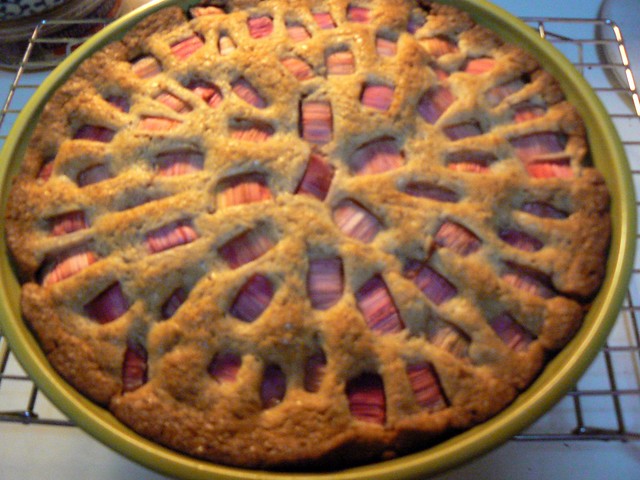The recipe follows below and is from justonecookbook.com
Ingredients
- 150 g (5.3 oz, about 1¼ cup) cake flour
- 1 tsp. baking powder
- 1 tsp. baking soda
- 1 egg, beaten
- 200 ml (about ¾ cup) milk
- 3 Tbsp. granulated sugar
- 100 g (3.5 oz, 5 Tbsp.) anko/red bean paste
- 1 Tbsp. vegetable oil
- Sift the cake flour, baking powder and baking soda into a large bowl.
- Add the sugar and whisk well to combine.
- In a medium bowl, whisk the egg and then add the milk. Whisk well to combine.
- Combine the dry ingredients with wet ingredients and whisk well. Keep the batter in the refrigerator for at least one hour to rest and let the flour absorb liquid. Whisking the batter creates gluten, so it’s better to let it rest to make smooth batter.
- Pour the batter into a measuring cup or jug. It should be 1 ¼ cup.
- Heat the Taiyaki pan and grease the pan with vegetable oil using a brush.
- Fill the Taiyaki pan mould about 60% full over medium low heat.
- Put anko in the centre of each mould and pour the batter on top to cover anko.
- Close the lid and immediately turn/flip.
- Cook for 2-2.5 minutes each side. Then flip and cook another 2-2.5 minutes. Open and check to see if Taiyaki is golden colour. Let Taiyaki cool on a wire rack.

Photo from http://bohnenhase.blogspot.ie/2011/10/taiyaki.html
Another famous Japanese baked good id the green tea soufflé. This fluffy soufflé can be deliciously served with powder sugar and is simply irresistible. The recipe follows below and is from justonecookbook.com
For coating ramekins
- ½ Tbsp. (7 g) unsalted butter, at room temperature
- 4 tsp. granulated sugar
For the custard
- 150 ml milk
- 100 ml heavy whipping cream (double cream)
- 3 large yolks
- 22 g granulated sugar
- 25 g all-purpose flour
- 1-2 Tbsp. matcha green tea powder
For the meringue
- 3 egg whites
- 44 g granulated sugar
For dusting
- 1 Tbsp. powder (icing) sugar
Instructions
- Preheat the oven to 390F (200C).
- For the ramekins: Brush the ramekins with butter, using upward strokes. Put 1 tsp. sugar in each ramekin and rotate the ramekin to dust the insides with sugar. Remove excess sugar from the ramekin and chill in refrigerator to set (This gives the souffles something to grip on to as the batter climbs up the sides of the ramekins during baking.).
- For the custard: In a large bowl, beat the egg yolks and sugar together.
- Sift the flour into the egg mixture and mix well.
- Heat the milk and heavy cream in a small saucepan until almost boiling.
- Add a splash of hot milk mixture into the egg mixture and whisk well until the mixture is smooth.
- Then gradually whisk in the rest of the milk mixture.
- Pour the mixture back into the saucepan. Whisk the mixture ALL TIMES over a medium-low heat for 3-4 minutes until thickened and smooth. KEEP WHISKING during this process otherwise your custard will overcook and become clumpy.
- When the custard has thickened, immediately transfer to a bowl (otherwise remaining heat from the saucepan will “overcook” the mixture). Cover with plastic wrap and cool to room temperature (you can put in the fridge to make this process faster).
- Once the custard has cool down, sift matcha green tea powder into the custard.
- For the meringue: Whisk the egg whites in a clean bowl till bubbles start to form (Kitchen Aid mixer Level 3 for 2 minutes).
- Start adding sugar gradually a spoonful at a time. Once you add all the sugar, increase the speed to Level 8 and whisk to make a firm, glossy meringue, about 3-4 minutes.
- Whisk ⅓ of the meringue into the custard and mix until homogenous.
- Very carefully fold in the rest of the meringue using a rubber spatula. Do not over mix.
- Divide the souffle mix into 4 ramekins. Tap them on the work surface to level the mixture and run the thumb around the edge.
- Place the ramekins on a baking tray and bake for 12-15 minutes until well risen and slightly golden on top. The souffle should wobble gently in the middle when it’s ready.
- Dust with powder sugar and place on a plate. Serve immediately.
+(600x400).jpg)
Photo from http://www.mission-food.com



